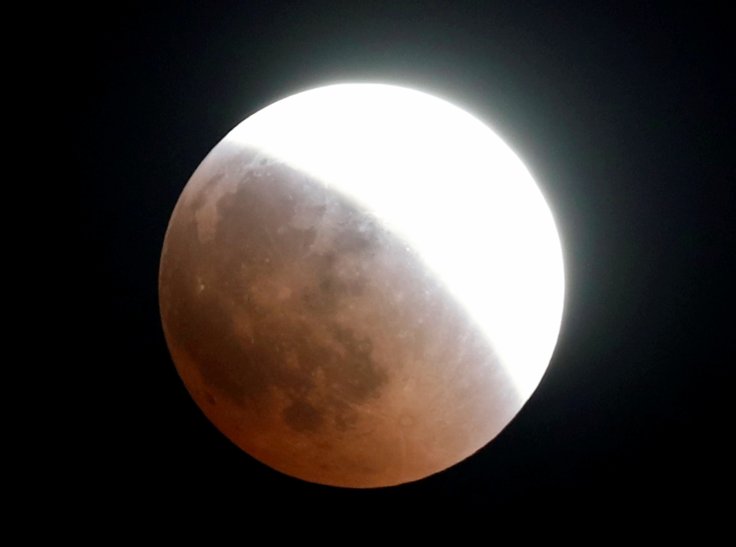A group of scientists teamed up with NASA to carry out a new study that will accurately measure the Moon's brightness. The study involved equipping an airplane with a special instrument designed to observe the light emitted by the Moon.
Although there are already a number of satellites and Earth-based instruments designed to observe the Moon, none of them can calculate the natural satellite's brightness. In fact, most of their measurements are off by at least 5 percent.

Issues With Current Moon-Measuring Methods
The common issue encountered by Earth-based instruments is the haze in the atmosphere, which can hinder them from observing the Moon properly. Likewise, satellites can't provide accurate measurements because staying too long in space can cause their sensors and other instruments to deteriorate.
Recently, a team of scientists developed a new instrument that they claim can provide accurate measurements of the Moon's brightness. Dubbed as the airborne Lunar Spectral Irradiance Instrument (air-LUSI), this instrument was placed onboard NASA's ER-2 airplane to observe the Moon from above the clouds.
The Journey Of air-LUSI and the ER-2 Plane
For five days starting on Nov. 13, NASA's plane flew at an altitude of about 21 kilometers. According to Kevin Turpie of the University of Maryland, who serves as the air-LUSI project's team leader, flying at this altitude avoids the common issues experienced by Earth-based satellites. It also provides the best view of the Moon without being affected by space conditions.
"When we're up there, the atmosphere is not an issue," he said according to Science News. "It's getting much closer to viewing the moon as you would from space."

Getting Accurate Measurements of Moon's Brightness
Through air-LUSI and the ER-2 plane, Turpie noted that he and his team are confident that they will be able to get accurate measurements regarding the Moon's brightness. The scientist predicted that the instrument's calculations might only have 1 percent uncertainty.
Currently, Turpie and his colleagues are still compiling and analyzing the data collected during the course of ER-2's flight. They will most likely present their findings in a new study that could be published in the near future.









